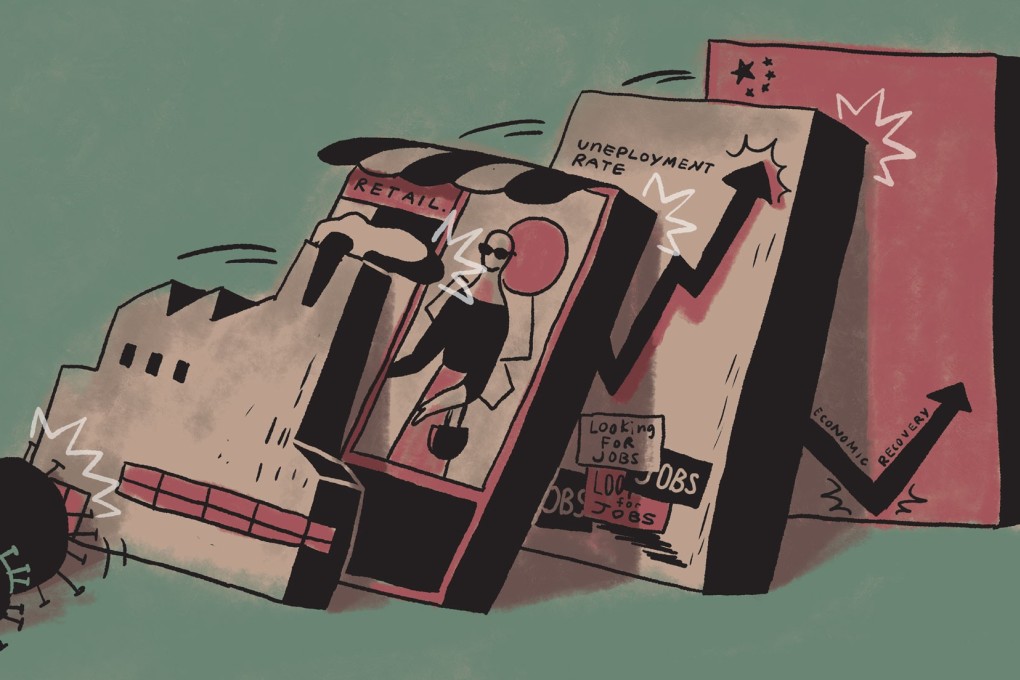Coronavirus: China braced for second economic shock wave as Covid-19 controls kill demand
- After riding out a supply shock that closed down most of its factories, China is bracing for a second wave demand shock to its economy
- Closure of overseas markets to hit exports, while psychological scars, bankruptcy and job losses will hit domestic demand

At the end of February, bosses of a Chinese industrial piping company were worried about the collapse of local orders, after a draconian lockdown of manufacturing and retail activity that hollowed out the world’s second largest economy.
Fast-forward less than a month, domestic orders are picking up and factories across China are humming at close to capacity. But Rifeng Enterprise Group now has new concerns.
“We’ve returned to 100 per cent capacity for overseas demand, but sadly the market is either shutting, or about to shut,” said Jason Cheng, general manager of Rifeng’s overseas business, adding clients in France, Italy and the United States have made requests to delay payments or cancel orders.

“We had a similar situation in 2008 and 2009, where overseas revenue was half of what it was in the previous year,” Cheng said. “A similar story is going to happen now, I am very sure.”